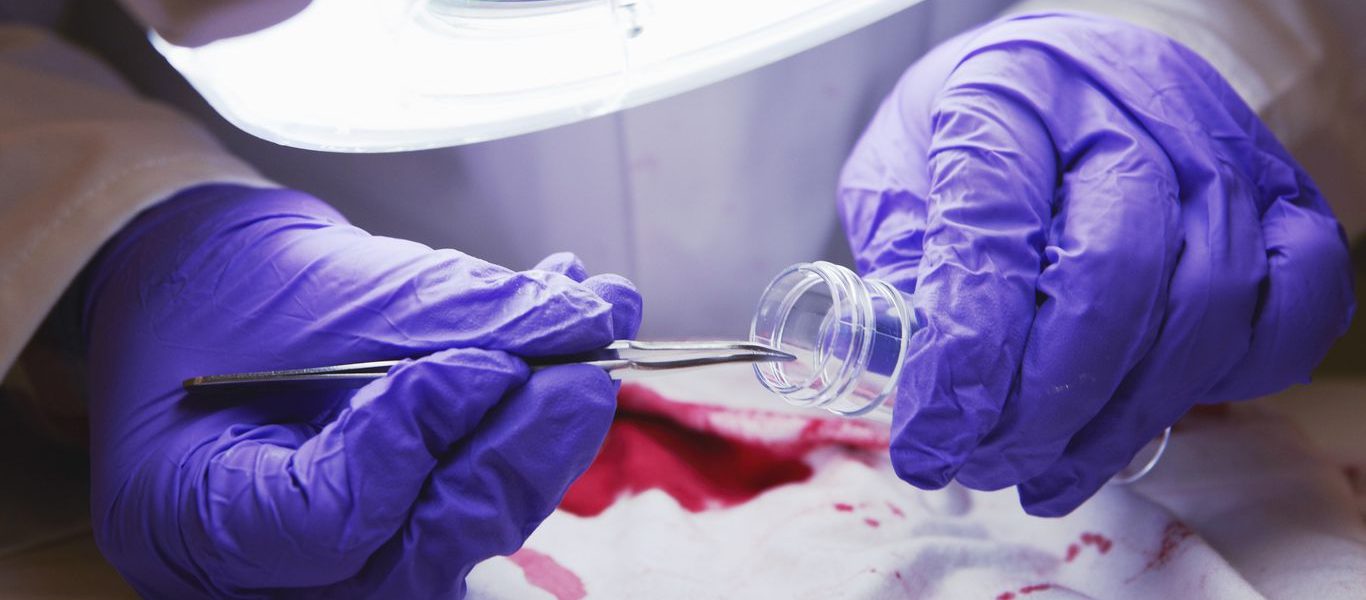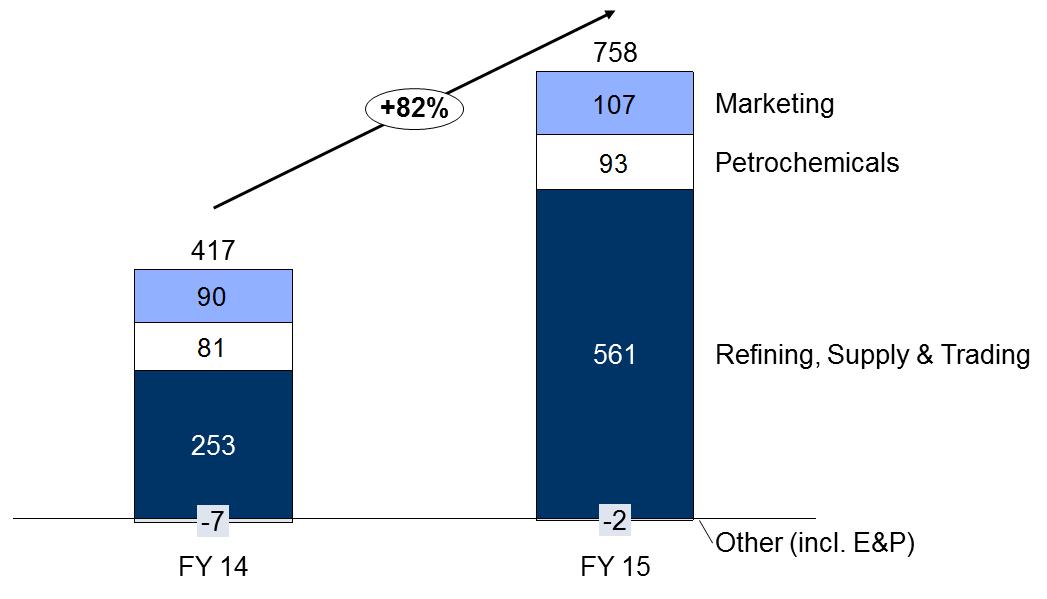Chemical analysis stands as a cornerstone of modern forensic science, where it plays a pivotal role in unraveling mysteries and solving crimes. This article takes you on a journey through the realm of chemical analysis in forensics, shedding light on the techniques and methodologies employed in crime scene investigations. From examining evidence to tracing minute substances, we explore how chemical analysis empowers law enforcement and justice systems in their pursuit of truth and justice.
1. Forensic Science and Chemical Analysis: A Powerful Duo
Chemical analysis provides critical insights that complement other forensic disciplines, aiding in the resolution of criminal cases.
2. Crime Scene Investigation: The First Clues
Analytical techniques are employed to identify, collect, and analyze evidence from crime scenes, ranging from bloodstains to fibers and beyond.
3. Analytical Techniques in Forensics: Tools of the Trade
Techniques such as spectroscopy, chromatography, and mass spectrometry offer precise methods for identifying and characterizing substances.
4. Spectroscopic Analysis: Unveiling Molecular Signatures
Spectroscopic methods reveal the unique spectral patterns of substances, enabling their identification and differentiation.
5. Chromatographic Techniques: Separating Substances
Chromatography allows for the separation and identification of different components within a mixture, a crucial step in forensic analysis.
6. Mass Spectrometry: Weighing Molecules
Mass spectrometry provides precise information about the molecular composition of substances, aiding in their identification.
7. Trace Analysis: Finding Clues in Small Quantities
Even minuscule traces of substances can provide crucial information for investigations, from identifying drugs to linking suspects to crime scenes.
8. Forensic Chemistry: Decoding Chemical Fingerprints
Forensic chemists analyze substances to provide evidence regarding their composition, origin, and potential links to criminal activities.
9. Bloodstain Pattern Analysis: Unraveling the Story
Chemical analysis of bloodstains can provide critical information about the events that transpired at a crime scene.
10. Toxicology: Unmasking Harmful Substances
Analyzing bodily fluids and tissues for the presence of drugs, poisons, and other substances aids in understanding cause of death and potential foul play.
11. Expert Testimony: Science in the Courtroom
Forensic experts provide testimony based on chemical analysis, helping to convey complex scientific findings to judges and juries.
In Conclusion: Empowering Justice with Science
Chemical analysis is a formidable tool in the hands of forensic experts, enabling them to uncover truths, exonerate the innocent, and hold the guilty accountable. Through precise analytical techniques and a dedication to scientific rigor, forensic chemists play a vital role in ensuring that justice is served.
In Conclusion:
Chemical analysis is a formidable tool in the hands of forensic experts, enabling them to uncover truths, exonerate the innocent, and hold the guilty accountable. Through precise analytical techniques and a dedication to scientific rigor, forensic chemists play a vital role in ensuring that justice is served.
Tags: Chemical Analysis, Forensic Science, Crime Scene Investigation, Analytical Techniques, Evidence Examination, Trace Analysis, Forensic Chemistry, Criminal Investigations











